Porcelain tiles are of the most-used tile types all over the world. Kutahya, as a prestigious company, products porcelain tiles which make your choice with no regret in the future. NG Kütahya Seramik, Porselen, Turizm A. was established during that time period.
We (NG Kütahya Ceramic, Porcelain and Tourism Inc.) had decided, under the guidance of our father, Nafi Güral, as well as my wonderful mother and brothers, to always aim for the highest possible achievements in our field.
After we had established our company, we branched out into our father’s areas of specialization, which included ceramics, porcelain, and tourism, and we recruited further members of our family to work for the company.

We endeavored to put the expertise that we had gained in each of these fields to use so that not only the people of our country but also the economy would benefit from increased levels of both quality and beauty.
We are quite glad to see that we have been moving in the right path up to this point, as seen by the praise and appreciation shown to us by both our esteemed business partners and our cherished customers.
Since the very beginning, our most important goals have been to make the NG Kütahya name a brand that we can always be proud of, to provide the highest possible quality to everyone who relies on it, and to make the lives of those people more beautiful and joyous.
In order to develop a mindset that was shared by all of the businesses and our teammates within NG Kütahya, we expanded upon the aforementioned technique by adding qualities such as transparency, honesty, and foresight that we had always promoted.
In every endeavor that we have taken care of up until this point, we at NG Kütahya have always pursued the goal of being “the first and biggest.” We were able to achieve this objective by presenting a number of big and innovative projects in Turkey.
This was done over the course of our business in order to maintain the respect of our clientele. We took one step at a time and implemented every idea that people in the business world thought was a pipe dream, and as a result, we have become one of the most well-known companies in the ceramics and tourist industries on a global scale. The hopes and requirements of our distinguished and valuable customers served as the primary driving force behind our efforts to accomplish this objective, and we are really grateful to them for that.

We adopted a forward-thinking strategy in all of the areas in which we conducted business, and we also adopted the vision of becoming a corporation that not only sets trends but also leads the way in the industry in which we were involved.
This was possibly the most significant point. In order to provide the highest level of service possible to our customers, we consistently coordinated our efforts with our business partners, our dealers, and our coworkers in every department of our organization.
Exhilaration is a feeling that is hard to put into words, but it was something that we felt after every victory that we had, and I believe that this exhilaration was the perfect key to unlock the doors that led to our success.
Even though our business, which is called NG Kütahya, takes its name from a province in Turkey called Kütahya, the value that it has created for Turkey as a whole and for countries outside of Turkey has propelled it to the position of becoming one of the most famous names in the entire globe.
These achievements do not just belong to Nafi Güral and his family; rather, they are the property of each and every one of us, including the members of our organization’s personnel, our respected business partners, and our esteemed stakeholders. To put it another way, these successes can be attributed to Turkey’s success.
The Suna and Nan Krac Foundation’s Kütahya Tiles and Ceramics Collection was started in the 1980s, and throughout the course of its existence, it has evolved to become one of the most remarkable collections of its kind. The foundation is named after Suna and Nan Krac.
The collection currently consists of more than 800 remarkable artifacts spanning a variety of time periods, most notably the 18th through the 20th century.

The museum has chosen to display only a few artifacts from its collection in order to give visitors an idea of the breadth and depth of the Kütahya ceramics artistic tradition represented there.
After Znik, the city of Kütahya was the most important hub for the manufacturing of ceramics in Ottoman Turkey. Because of the country’s vast clay resources, ceramics were made in significant quantities in this region during the Phrygian, Hellenistic, Roman, and Byzantine eras. The traditional methods of this art have been passed down from generation to generation, and they are still in use today.
Even though there hasn’t been a lot of research done on the ceramics made in Kütahya during the early Ottoman and pre-Ottoman Turkish periods, recent discoveries and publications indicate that the industry was largely parallel to that of znik. This is despite the fact that there hasn’t been much research done on the ceramics made in Kütahya.
The earliest known examples of Kütahya ceramics are monochromatic glazed bricks from the Kurunlu Mosque’s minaret balcony, which date to 1377, and tiles from Yakup II’s tomb in the Germiyanolu principality’s imaret, which date to 1428 and are found on the cenotaph and floor of the tomb. Both of these examples can be found in Germiyanolu.
Kütahya ceramics continued to be produced during the decades that followed, with the 17th and 18th centuries yielding some of the finest examples of the style.
Since the latter half of the 18th century, there has been a decline in quality, but there was a rebound in the late 19th century, and with the support of the government in the latter half of the 20th century, this traditional pottery has persisted all the way up to the present day.
The potters of Kütahya were responsible for the production of a vast variety of tiles used for architectural adornment as well as household pottery that was widely distributed across the country.
Ceramics from Kütahya are a particularly important aspect of Ottoman workmanship, both in terms of volume and consistency of production.

Kütahya ceramics fall somewhere between znik ceramics, which primarily represented “Court Art,” and anakkale ceramics, which are typically regarded as “Folk Art.” Kütahya ceramics fall somewhere between znik ceramics and anakkale ceramics.
Contact us right now if you need to buy tiles with any type and quality. Surely, we could experience a long-term and reliable business relationship.

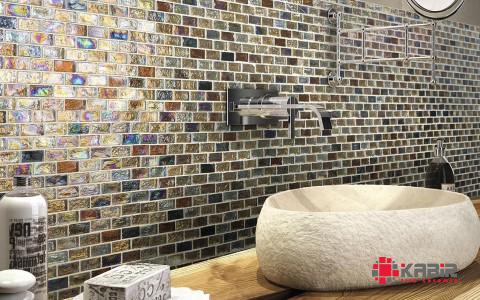

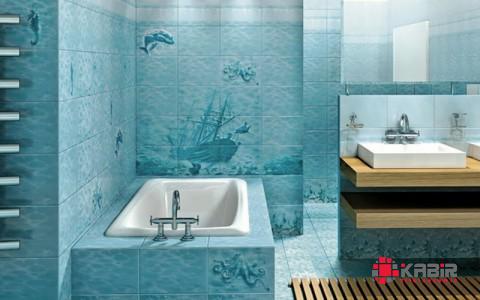
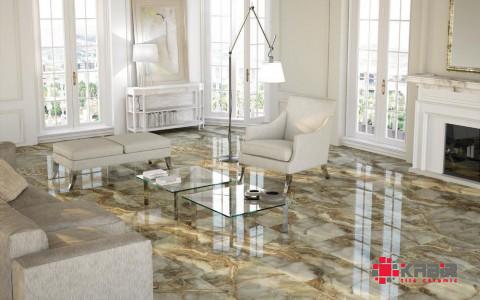
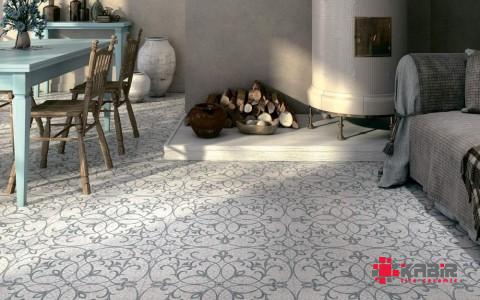



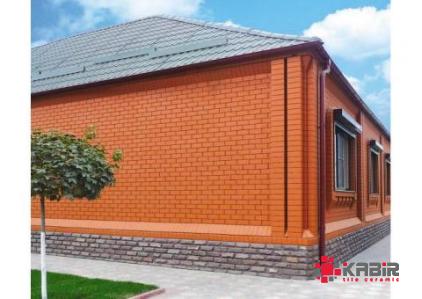
Your comment submitted.